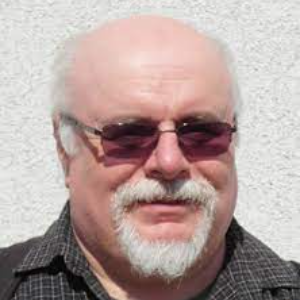Title : Cellular automata based simulations for the autocatalytic mechanism in pitting corrosion
Abstract:
A review of my and my collaborators’ work on corroding and passivating systems is presented. We focus on the autocatalytic mechanism in the pitting corrosion that leads to a peculiar scenario of corrosion processes in a corroding cavity initiated by a single punctual damage of the protecting cover at the surface in contact with an aggressive environment. In our simulations we observe an initial period of rather slow corrosion till the incubation time when the system crosses over to a regime of fast corrosion. The crossover transition is marked by the unstable cavity shape with funny, symmetry breaking forms caused by the appearance of cathodic and anodic reaction zones – a microcell structure accompanied by formation of basic and acidic solution zones in the solution adjacent to cathodic and anodic surface regions. There is a critical size of the cavity for the transition related to the competition between reaction and diffusion. Below this size diffusion neutralizes the solution within cavity and impedes the microcell formation. Then the development of cavity is isotropic. At the transition size the cathodic and anodic zones break this isotropic growth. For sizes much larger than the transition one we arrive at isotropic growth again with decorations on the cavity periphery of the order of the transition length. In this case the transition size is directly related to the ratio of diffusion rate to inhomogeneous reaction rate. We present more examples of passivating and corroding systems where there is such a characteristic length. In certain cases the characteristic length or characteristic time appears fairly explicitly. The examples are regular nanopore network formation and oscillatory phenomena in passivation.



